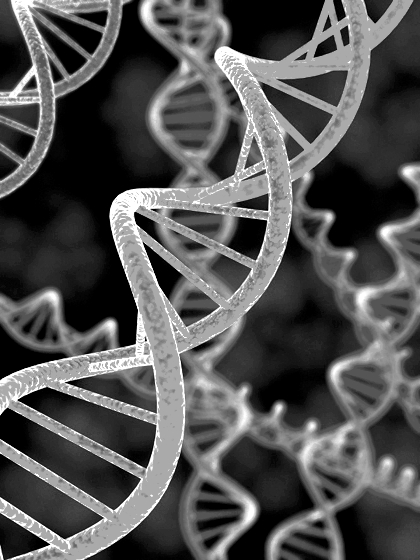CRISPR wakes silent genes
 Japanese researchers have used CRISPR DNA-editing to unsilence silenced genes.
Japanese researchers have used CRISPR DNA-editing to unsilence silenced genes.
The revolutionary CRIPSR/Cas9 gene-editing tool allows scientists to precisely add, remove or replace specific parts of DNA.
The CRISPR system is growing popularity as an efficient, inexpensive and easy gene-editing tool, but until now, scientists had not managed to use it to activate genes.
Genes in cells have switches called promoters, which become ‘methylated’ when the gene is switched off, or silenced.
By combining a DNA repair mechanism called MMEJ (microhomology-mediated end-joining) with CRISPR/Cas9, the team was able to cut out a methylated promoter using CRISPR/Cas9 and then insert an unmethylated promoter with MMEJ, replacing the off-switch with an on-switch.
The team, led by Toru Kondo at Hokkaido University's Institute of Genetic Medicine, used this tool on the neural cell gene OLIG2 and the embryonic stem cell gene NANOG to test its efficiency in cultured cells.
After five days, they found evidence that the genes were robustly expressed.
When they turned on OLIG2 in cultured human stem cells, the cells differentiated to neurons in seven days with high efficiency.
The researchers say that their advanced editing tool could be used to activate other silenced promoters.
In addition, they found that the system did not cause unwanted mutations in other non-targeted genes in the cells.
Experts are excited about the tool’s potential to manipulate gene expression, create genetic circuits, or to engineer cell fates.








 Print
Print